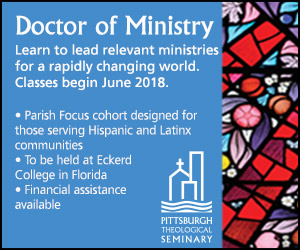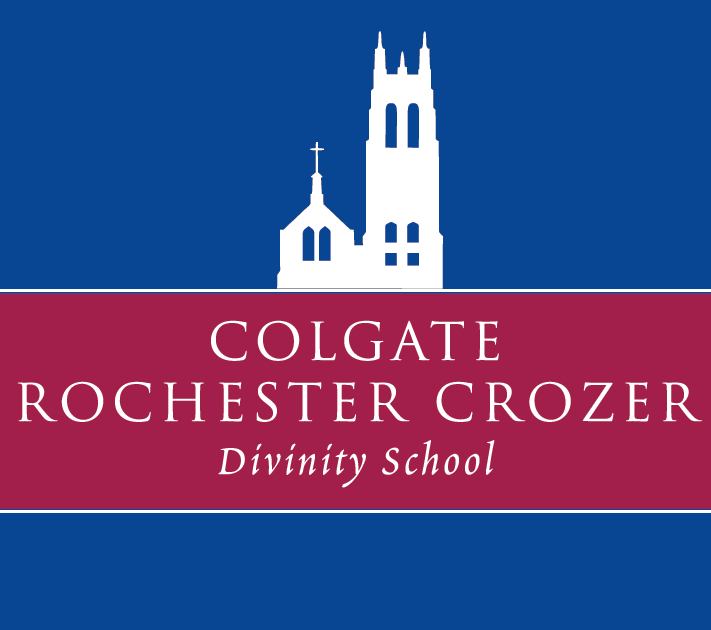By Blair Ames
News-Post Staff, fredericknewspost.com
When Tamelyn Tucker-Worgs moved to Maryland in the ’90s, she went church hopping. Having grown up in the Houston area, her home sanctuary was a mid-size, intimate, family church. As an adult, she found herself drawn to a megachurch.
“It was a church that was easy to get into,” said Tucker-Worgs, co-director of African-American studies at Hood College. “It was kind of like I could be anonymous when I wanted to be, but if I didn’t want to be I didn’t have to be.”
As a graduate student at the University of Maryland, Tucker-Worgs studied megachurches across the country.
Her research continued over nearly a decade and was released in mid-August as the book “The Black Megachurch: Theology, Gender, and the Politics of Public Engagement,” considered to be the first empirical study of the rise of black megachurches in the country.
“It’s really kind of a general look at the role of the church in politics and public life,” she said.
The baseline definition of a megachurch is a church that has at least 2,000 members that attend service each Sunday. That number can reach 10,000, but most megachurches are in the lower end, Tucker-Worgs said.
She contacted 149 churches across the country to gather information for the book, visiting about 100 and attending services in about 60.
She found that most black megachurches in the U.S. are in concentrated places, where there is a large number of black suburbanites. The Baltimore and Washington corridor is home to about 20 of these churches. Atlanta and Houston also have a high number.
Services at megachurches are more of a production than a traditional church service, she said. “It was different from what I had really been accustomed to.”
Visiting a megachurch felt comfortable to her because there were other graduate students, transplants new to the state and young families.
While megachurches offer a comforting and entertaining atmosphere, Tucker-Worgs researched whether the churches are actually doing what they need to in today’s society.
In her book, she examines how theology impacts the community engagement of the church, how gender hierarchy impacts public engagement activities, and why churches form community development corporations and how they differ from similar initiatives from non-religious organizations.
Some megachurches have been accused of being more of money generators rather than really engaging in the community.
“I don’t think all of them deserve that criticism,” she said. “They vary in the way that they participate and try to give back.”
She estimated that about 25 percent of the 149 megachurches she contacted preach the prosperity gospel — that significant financial contributions are the will of God — which Tucker-Worgs blamed as the main culprit for those criticisms.
Black megachurches were one of the fruits of the Civil Rights movements in the 1960s but had a spike in popularity in the 1980s and ’90s, which continues today, Tucker-Worgs said.
“I call them a fruit of the Civil Rights movement because they were only possible after the opening of society.”
She attributes that spike to African-Americans moving into the suburbs from the cities; these churches are formed to make African-Americans feel more at home and help them acclimate to new surroundings.
She attributes the success of megachurches to both their fulfilling a need in the black community and to the pastors themselves, who “have this charismatic something that allows them to attract people to grow these churches.”
Frederick has the potential to be another site for a megachurch, as it’s “fastly becoming like a bedroom community for D.C.,” she said. “It’s prime for one to come as more people move out here.”
A professor at Hood since 2002, teaching courses in African-American studies, political science and religion, Tucker-Worgs said the book is a continuation of her doctoral dissertation at the University of Maryland, in which she wrote about megachurches participating in community development. Her book goes into more detail, examining the political and public life influences of megachurches.
The first-time author said there is still much to be researched on the influence of black megachurches, but she has no plans on a second book. “There’s a lot more questions that need to be answered,” she said. “I don’t know if I’m going to be the one to answer them.”
Tucker-Worgs will discuss her research and book at 6:30 p.m. Tuesday, Oct. 4, at the Whitaker Campus Center at Hood. A book-signing will follow. Copies of “The Black Megachurch: Theology, Gender, and the Politics of Public Engagement” will be available at the event, as well as the Hood College bookstore and online.













